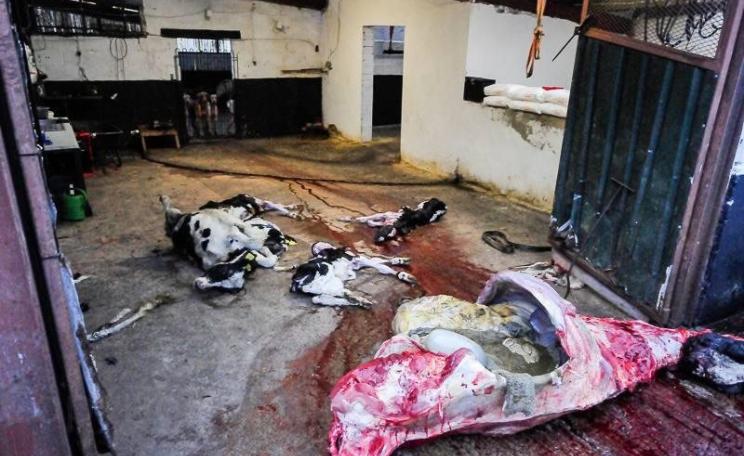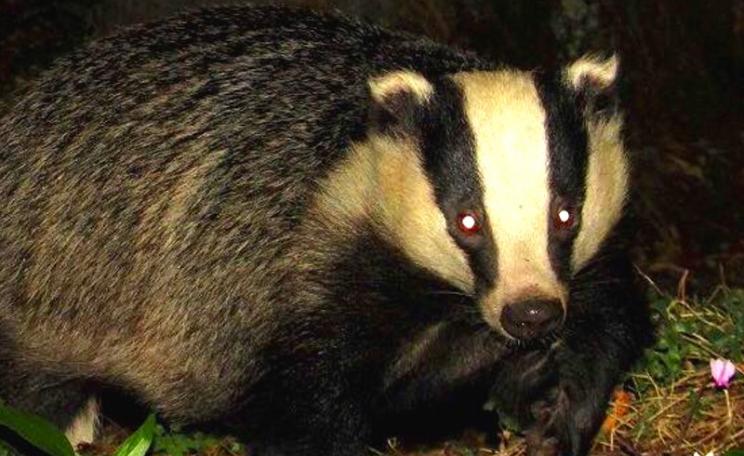The goal of guanaco rewilding in the espinal is to establish a new conservation strategy in central Chile - where wild animals and sustainable, high-quality agriculture can coexist.
Rewilding is considered one of the crazier ideas in contemporary conservation.
The idea of resurrecting woolly mammoths and setting them loose in Siberia and the American Great Plains or lions roaming through central Europe is pretty mad.
Mostly though, rewilding is much less barmy to the point of being conventional.
Rewilding projects tend to have some features in common that distinguish them from your typical conservation programme. These include reintroducing a species (such as beavers in the UK) or introducing a proxy species (such as Asian elephants in the place of extinct woolly mammoths or straight-tusked elephants).
They also often seek to restore the ecology of the location (such as by creating a new habitat type or by improving the existing one) and tend to have a significant social impact as a result of the species reintroduction and habitat restoration.
We know how to do it
To a large degree, we already know how to do habitat restoration and species reintroductions. The interesting challenge and innovative potential of rewilding comes from combining these three elements of restoring and reintroducing a species, and closely interacting with society in the process.
There are many approaches to rewilding, each drawing on the regional problems and conservation specialities of different places. In Europe, mega-herbivores such as deer, horses and bison have commonly been used to create and maintain certain habitats in abandoned or reclaimed land.
In the US, rewilding has focused on reintroducing threatened and iconic species such as wolves. Rewilding commonly uses species that play into cultural legacies and landscapes of the region.
North-South divide
Interestingly, there has been almost no discussion to date of what rewilding would look like in the global South. We tend to think that the South still has plenty of primary forest and pristine wilderness, constituting conservation priorities: why 're-' wild when it is already 'genuinely' wild?
In many cases, of course, these 'pristine' habitats formed relatively recently after human activity or natural disasters.
It is also not the case that all conservation priority areas in developing countries are being well conserved under current approaches. Places that are not scenic or that host human activity are less likely to be designated as Parks and Reserves.
For example the semi-arid caatinga forest in northern Brazil is highly threatened, but little effort is made to protect it.
The goal of guanaco rewilding in the espinal is to establish a new conservation strategy in central Chile - where wild animals and sustainable, high-quality agriculture can coexist.
Guanacos in the Chilean espinal
This is also the case with the espinal savanna, widespread in Central Chile (see map). The three-pronged approach of rewilding can provide an innovative method of conservation in some of these overlooked habitats of the Southern Hemisphere.
In collaboration with researchers at the Pontificia Universidad Católica de Chile and the Universidad de Chile, I am working on one of the first rewilding projects in South America.
We started with the question of how to better manage and adequately conserve the espinal.
The Chilean espinal is dominated by a South American acacia called espino (the thorn tree Acacia caven) and is traditionally used to pasture sheep, goats and cattle. Chileans think of the espinal as lacking wildlife and other natural values, often describing it as 'empty'.
A biodiversity hotspot - but something is missing
However, from a biological point of view, Central Chile is a hotspot of unique native species, and the only Mediterranean-type habitat in South America.
If well-managed, espinales can have abundant biodiversity of flowers, birds, small mammals and other species. Being semi-arid, it is important that shade from trees is maximised to improve productivity. We know that the espino is stimulated to grow more when it is pruned, which creates more shade.
This trait, called compensatory growth, is likely to be an adaptation to it having been pruned (eaten) by a mega-herbivore in the past - one that is no longer present in espinal.
We think that this missing species is the guanaco.
Hunted out - 500 years ago
Guanacos are a relative of llamas and were hunted out of Central Chile 500 years ago. Our project will return them from Southern Chile to espinal to study their foraging on the trees, how the trees grow in response and how the ecosystem responds.
Restoring espinales will have wider effects on the area too. They should increase the productivity of sheep, goat and cattle ranching. Guanaco wool is also a valuable comodity and can be traded internationally under the CITES convention.
Plus, our research so far shows that guanacos are well-liked and their presence in espinal landscapes would increase the Chilean public’s appreciation of and interest in visiting espinales to see endemic wildlife.
A flagship for re-wilding
The goal of guanaco rewilding in the espinal is to establish a new conservation strategy in central Chile - where wild animals and sustainable, high-quality agriculture can coexist.
We aim to provoke a re-evaluation of the area, by working within local values and preferences.
We hope that the guanaco will become the flagship for conservation action in Central Chile. And perhaps also the flagship for new visions of rewilding around the world.
Meredith Root-Bernstein is a Post Doctoral Research Fellow at the School of Geography and the Environment, Oxford University at University of Oxford. She receives funding from FONDECYT (Chile), Project No. 3130336.
This article was originally published on The Conversation. Read the original article.
![]()




